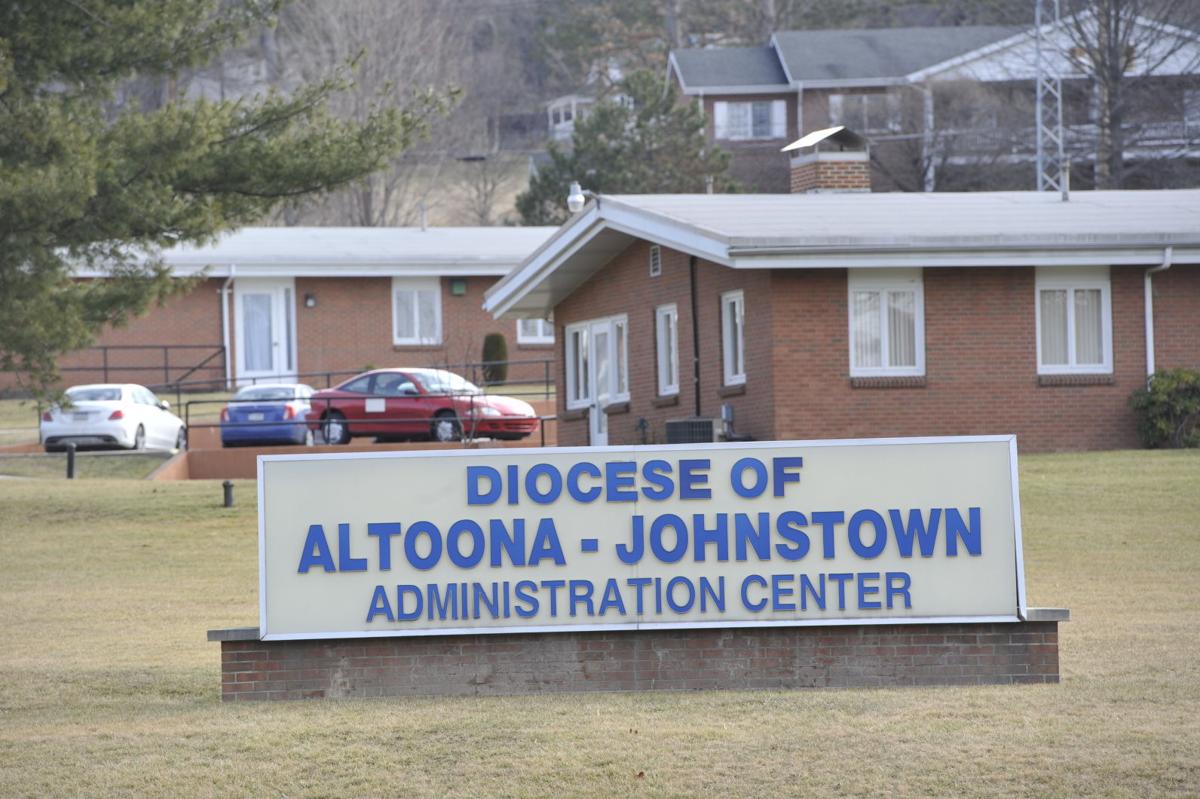By Mary Kane
April 1, 2016

(AP)
Like many longtime reporters, I celebrated the Oscar victory for “Spotlight” and the fearless journalism that exposed the Catholic Church’s clergy sex abuse scandal.
I would soon see the story, and the scandal, from a very different perspective.
Two days after the Oscar ceremony, news broke about another widespread church coverup. I found myself poring over a grand jury report outlining insickening detail the abuse of hundreds of children by at least 50 priests and religious leaders in western Pennsylvania’s Altoona-Johnstown Diocese — in my hometown.
I moved away long ago, but I still have family there. I visit regularly, and my mom was a devoted parish volunteer during her lifetime. I figured I might recognize a few of the accused or some of the churches. I quickly realized things stretched far beyond that.
The names of priests and parishes from my childhood appeared, one after another, all familiar. My grade school priest. Not one but two pastors from my neighborhood parish, a half block from my childhood home. The principal, vice principal and music director from my high school. A priest I once met with to consider officiating my wedding. The priest at the church my four nieces and nephews attended. The chaplain of the nearby Catholic hospital, where my mom volunteered.
I couldn’t believe what I was reading. Two of the priests, leaders at Bishop McCort High School, where my parents sent me and my three brothers in the 1970s to receive a quality religious education, were “sexual partner[s]” who worked together to molest a 13-year-old boy, the report said. They coordinated visits to his house. Once one priest had “satisfied himself,” the report said, the other “took advantage of a victim he believed to be compliant.”
One had been my religion teacher.
First, I called my brothers, to vent. Then I tried comprehending the scale of the abuses. The Spotlight team identified about 80 predatory priests in an archdiocese of 1.8 million Catholics. The grand jury report found at least 50 priests and religious leaders in a diocese of fewer than 100,000. That was stunning enough. But there was more.
“Spotlight” depicted the Catholic clubbiness of Boston that allowed for abuse. In small-town Pennsylvania, corruption extended into all corners of the community. The church exercised “overwhelming access and influence,” even handpicking community leaders, including the police and fire chiefs. “The mayor would have them come to me, and I would interview them and I would tell him which I would pick,” a top bishop’s aide testified.
I appreciated how “Spotlight” highlighted the crucial role that journalism plays in challenging the powerful. In my home town, however, I saw how it sometimes falls short. George Foster, manager of an outdoor billboard advertising company and a former high school classmate of mine, emerges as the hero — not an investigative reporting team.
Foster’s brother was a priest; the two heard rumors of abuses and began looking into them. In 2002, Foster wrote an op-ed for the local paper, calling on the church to clean up its house.
Immediately, he was inundated with tips and evidence from victims, attorneys and even the police. He also did something no journalist had: He went through the files at the Blair County Courthouse from the 1994 civil trial of the Rev. Francis Luddy, a priest accused of molesting boys. The lawsuit against Luddy was filed in 1987, but records were sealed at the church’s request. They became public during the trial.
Foster found in the files documents showing church officials knew of credible allegations against many additional priests but kept them secret. He confronted then-Bishop Joseph Adamec. If this were a movie, outraged authorities would have taken action. But that didn’t happen. Adamec rebuffed him.
Finally, in 2014, state investigators in a different child abuse case contacted Foster, and he provided his files. The report cited them extensively and called Foster’s actions “nothing short of heroic.”
I wondered where the journalists had been. Local media covered the Luddy trial, and the Johnstown paper, tipped off by Foster, wrote about the Luddy files in 2002. But none of it drew national attention. I called Richard Serbin, the attorney in the Luddy case, who regularly represents clergy sex-abuse victims. There wasn’t a paper with the prestige of the Boston Globe to make an impact, Serbin said. It happened in a small community in decline, and few noticed or cared. “The facts were all there, back in 1994,” Serbin said. “And no one bothered to look at them.”
“Spotlight” ends with a lengthy list of investigations of church abuses worldwide. In Pennsylvania, the grand jury report offers prayers that the current bishop makes the right choices going forward. I hope that works. I’m not exactly in the mood for prayer.
Read more on this topic:
Related:
No comments:
Post a Comment